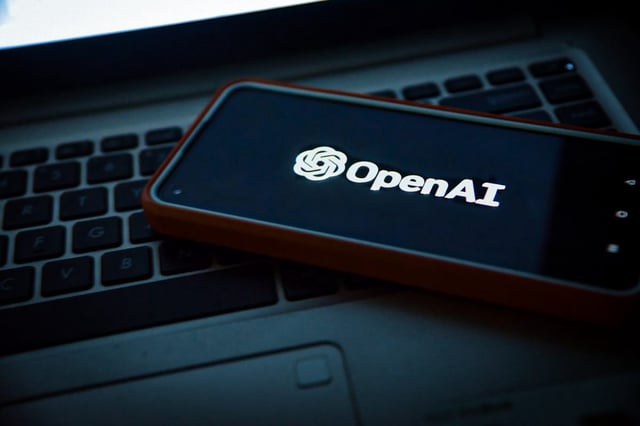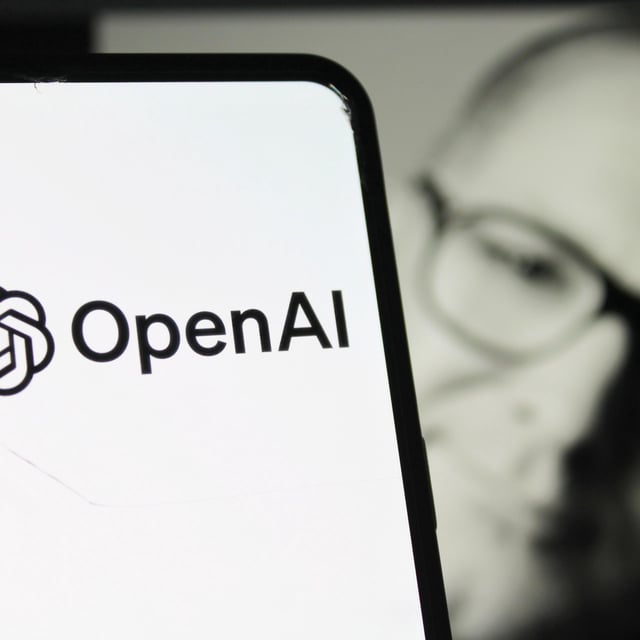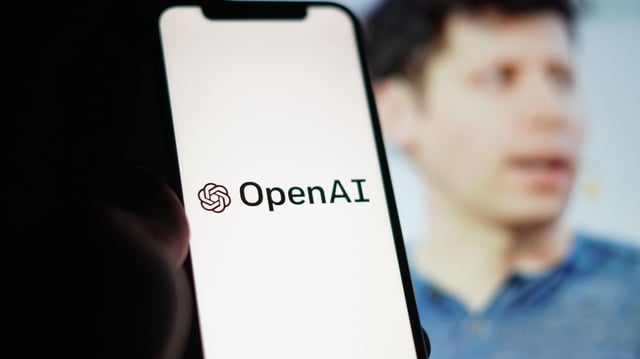Overview
- Multiple outlets citing the Financial Times report the 2026 launch window is now uncertain, with some suggesting a slip into 2027.
- Insiders say a shortage of computing capacity to run OpenAI’s models at consumer scale is the primary bottleneck compared with rivals that operate Alexa or Google Home.
- Engineers are still debating the assistant’s voice, mannerisms, and ability to know when to speak or stop, which is slowing key design decisions.
- The planned always-on, multi‑sensor approach raises significant privacy and user‑experience challenges that remain unresolved.
- The device is described as palm‑sized and screenless, interacting via microphones and cameras, with Luxshare reportedly lined up for manufacturing following OpenAI’s $6.5 billion acquisition of Jony Ive’s firm and related hardware hiring.



